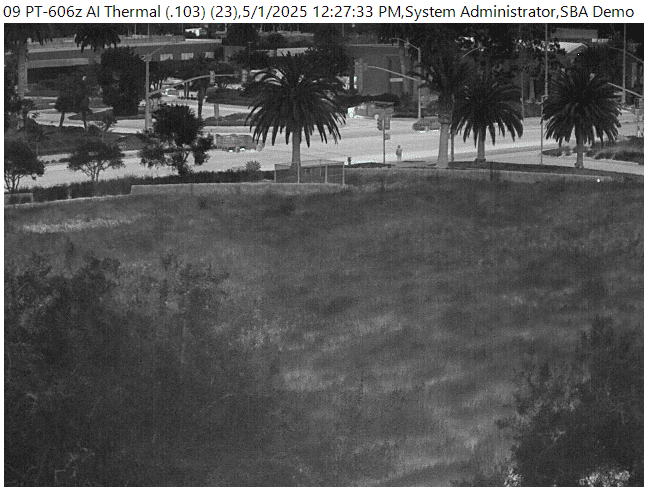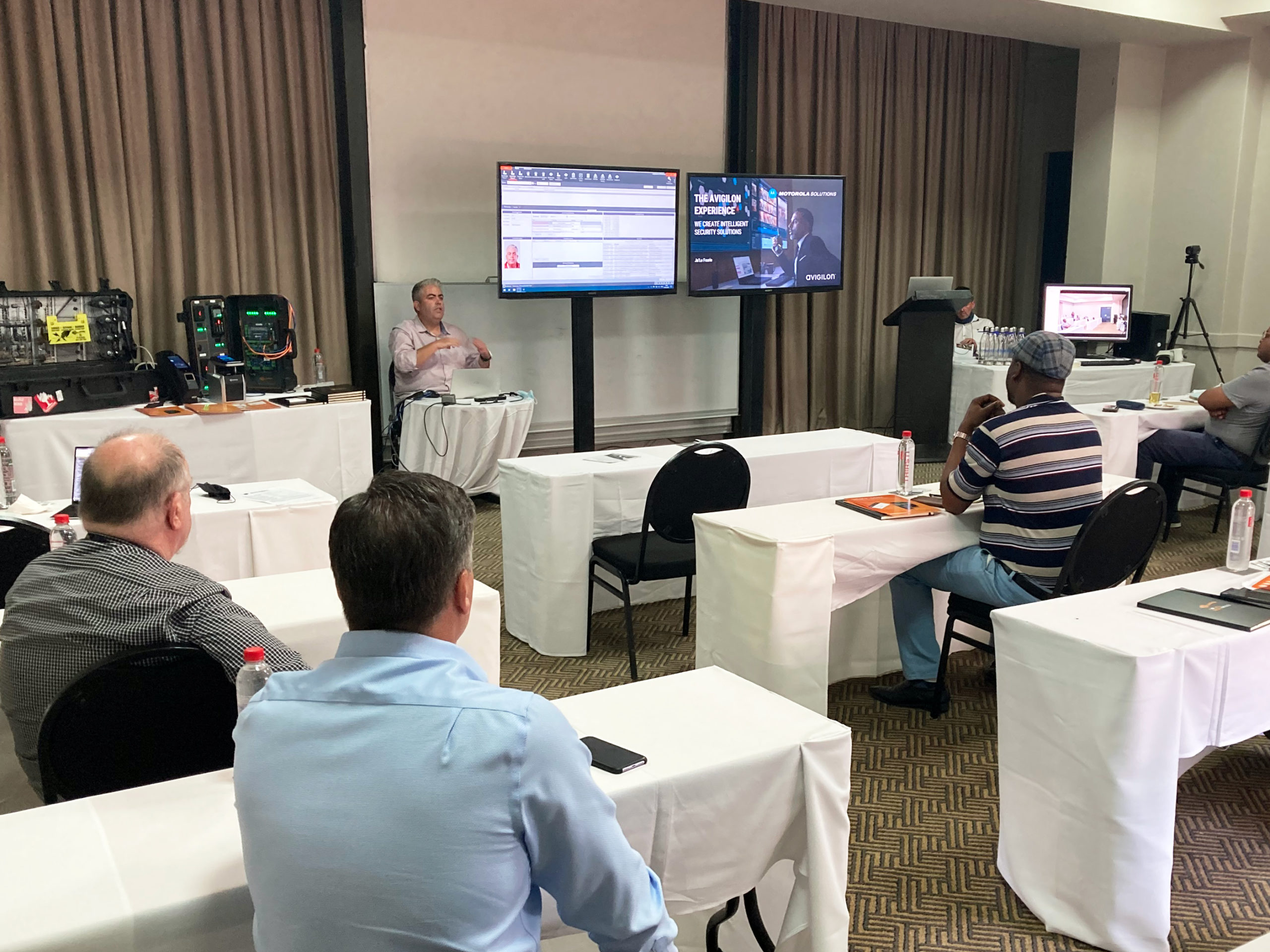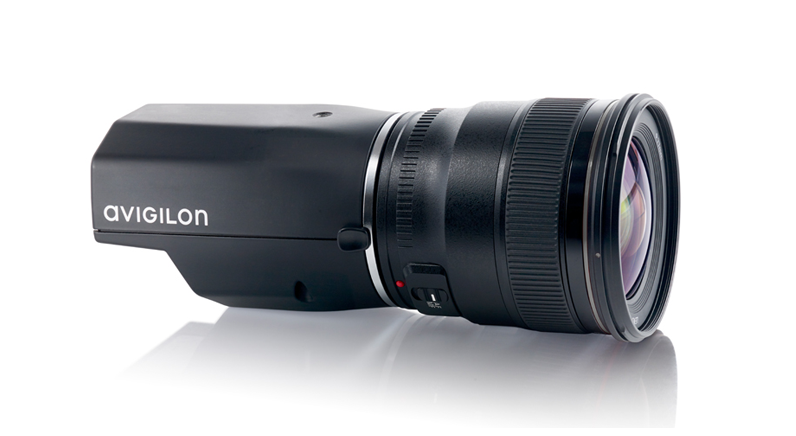 When it comes down to managing a company’s network, IT professionals are like Suzy Orman with their bandwidth. They are cautious and strategic with how they allocate it. With only a modest percentage of the bandwidth usually reserved for video surveillance, the last thing an IT manager wants is video footage – particularly if it’s in HD – slowing down the entire network and taking up too much storage space.
When it comes down to managing a company’s network, IT professionals are like Suzy Orman with their bandwidth. They are cautious and strategic with how they allocate it. With only a modest percentage of the bandwidth usually reserved for video surveillance, the last thing an IT manager wants is video footage – particularly if it’s in HD – slowing down the entire network and taking up too much storage space.
The perception of high-definition video surveillance by those new to using it, is that HD surveillance takes up too much bandwidth and storage space and that you will have to pay a lot of money to expand your network and storage capacity in order to accommodate it.
While there is some validity in those concerns, the truth is that HD video surveillance does not take up as much bandwidth and storage space as you might expect. Especially with technology advancing, surveillance cameras and systems are getting smarter and more adaptable to a variety of network and storage circumstances.
Here are four things you can do to your HD cameras and system right off the bat to lower bandwidth usage.
 Selecting the right compression format
Selecting the right compression format
Getting familiar with your camera settings will allow you to maximize your image output without compromising storage space. Choose a compression format that best suits your needs. If you are looking to increase your storage, you may want to go with the h.264 compression format. Most HD video surveillance users are partial to h.264 over M-JPEG because of the way the compression works. It doesn’t capture each frame as a separate entity like M-JPEG. The video stream is composed of a reference frame, called an Index (I) Frame, and then changing areas of the image in subsequent frames, called Partial (P) Frames. The End result is a collection of I Frames and P Frames in an ordered pattern that is configurable on most cameras (for example: 1 I Frame every 30 Frames). This results in less “full” images (I Frames) and using less bandwidth and storage space without sacrificing image detail.
Use the appropriate resolution
Pick the camera that provides the least resolution that you need to get the job done. Why choose a 2 MP, when a 1 MP can do the job? Higher resolution generally means more bandwidth, which requires more storage. Obviously in a parking lot or areas you are trying to cover a large area in high detail, a high megapixel camera is necessary. But if you are just monitoring a hallway or door, it makes sense to use an HD camera that can capture the detail you want at the lowest possible resolution.
Lower your frames per second
You are not shooting a movie, so there is no need to see 50 frames per second. Most people in the security industry use 5-7 frames per second, which in most cases, is going
to show you everything you need to see evidence-wise and will be able to drop your bandwidth by a decent amount of megabits.
Recording on motion
Aside from adjusting camera settings to lower bandwidth, it is also a smart idea to configure your server to do event-based recordings. As an example, if you set up your servers to only record on motion events, then you will only capture footage whenever there is activity in the area that you are monitoring. The cameras are most likely always streaming to the server for live video, but with motion based recording they just wouldn’t be saving the data to the storage.
For more information visit www.go.avigilon.com





















